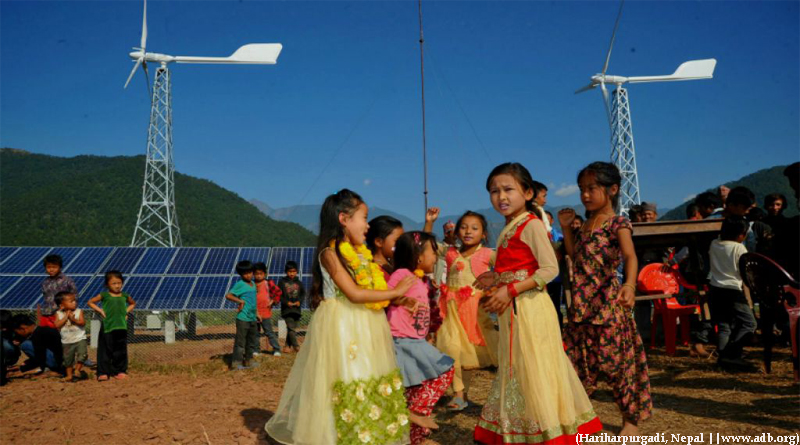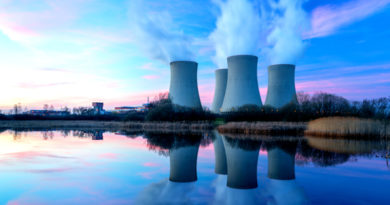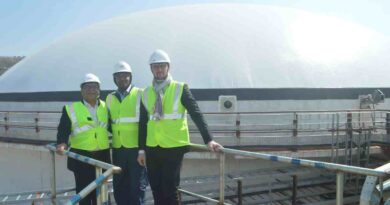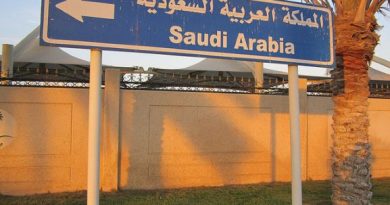Sun and the Wind: Nepal’s Hybrid success story

Around three-quarters of Nepal’s population has access to electricity. However, there is a significant disparity between urban and rural areas where 97% of people living in the cities have access to electricity compared to only 72% in the rural areas.
A net importer of energy, Nepal has seen its energy imports double over the past five years. Villages like Hariharpurgadi only had access to electricity supplied by low output solar panels finding low or no effective output for a few hours every day. This was before ADB (Asian Developments Bank) working with the government rolled out solar-wind hybrid projects under the country’s Scaling Up Of Renewable Energy Program.
A step towards a bigger role for renewable energy in Nepal, with abundant renewable resources, such as sun, wind, and hydro. Offering reliable, cost effective, low-carbon round the clock power solutions.
The new hybrid systems provide an output of 110 KWh of electricity, easily covering the total daily demands of villages like Hariharpurgadi which has 85 households needing 87KWh to meet its demand. The hybrid systems consist of wind turbines with 20 KW capacity and solar photovoltaic panels of 15 KW capacity. The hybrid system provides a continuous supply of power with the solar and wind components working in tandem throughout the day. With solar taking the bulk in the morning and wind in the night.
The hybrid helped curb all the problems faced by the villagers due to shortage of electricity. The staple crop of the area, rice now yields a higher profit to the locals with round the clock power. Electric pumps needed to draw the water from the river eased the access to water for irrigation and personal purposes. Livelihoods were massively improved, children were able to study at night and not eat in the dark.
“We are celebrating light!” said Sundari Thoka, a local on the eve of the start-up of the new system.
Small scale, off-grid power systems are well suited to many such communities in remote, mountainous areas of Nepal. “This is the perfect example of our work with the government and local communities to embrace clean, decentralised and sustainable sources of power,” said Pushpar Manandhar, an energy officer in ADB’s Nepal Resident Mission. ADB is working towards making Nepal’s energy sector a key driver of inclusive economic growth by investing in both off-grid and on-grid solutions.
Moving forward, Nepal needs to integrate renewable energy such as solar and wind into the country’s power grids so that more people can benefit. And for the ecstatic villagers of Hariharpurgadi, life is easier all thanks to the sun and the wind.
Sourced from https://www.adb.org/results/darkness-gone-wind-nepal




